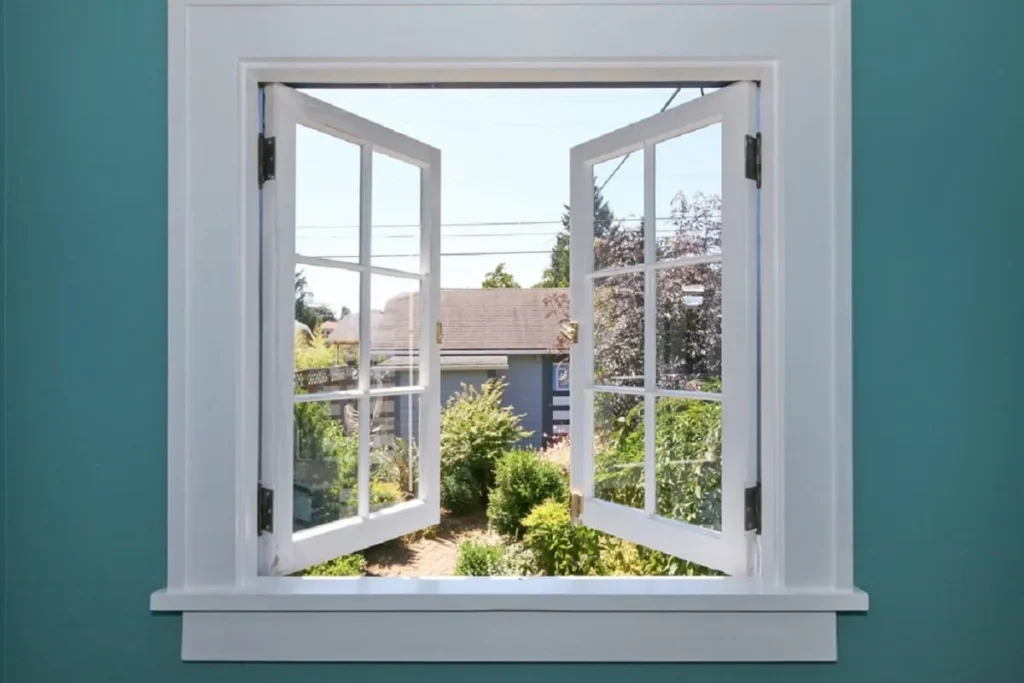
Why Indoor Air Can Get Worse in Warm Weather—And How It Impacts Indoor Air Quality
Feeling tired, congested, or sneezy indoors this summer? Poor indoor air quality might be to blame. Learn how warm-weather pollutants affect your health and how to clean up the air in your home
Why Indoor Air Quality Matters More in Summer
When temperatures soar, we often shut windows, crank up the AC, and spend more time indoors. While this may keep us cool, it can also lead to a buildup of indoor pollutants—things like dust, mold spores, volatile organic compounds (VOCs), and allergens—that quietly reduce your air quality.
And unlike outdoor air, indoor air doesn’t have natural circulation, so contaminants can become trapped and concentrated.
Signs Poor Air Quality May Be Affecting Your Health
If you or your family are experiencing these symptoms at home, it may be time to take a closer look at your air:
- Sneezing or coughing that improves when outside
- Headaches, dizziness, or fatigue
- Irritated eyes, nose, or throat
- Worsening asthma or allergy symptoms
- Musty odors or visible mold spots
People with asthma, allergies, or sensitivities are especially vulnerable—but poor indoor air can affect anyone.
👉 Learn more: EPA’s Guide to Indoor Air Quality
Common Summer Air Quality Issues
1. Mold and Mildew
Warm, humid weather creates the perfect environment for mold to grow—especially in basements, bathrooms, and around HVAC systems.
2. VOCs (Volatile Organic Compounds)
These chemical gases are released from items like paint, furniture, air fresheners, and cleaning products—and off-gas faster in heat.
3. Poor Ventilation
Keeping windows closed for AC use reduces airflow, letting pollutants build up. Central air systems can also spread allergens if filters aren’t changed regularly.
4. Dust and Pet Dander
With kids and pets spending more time inside, it’s easy for dust and dander to accumulate—especially on carpets and upholstered furniture.
How to Improve Your Indoor Air Quality This Summer
✅ 1. Use a Dehumidifier
Keep indoor humidity below 50% to discourage mold and mildew growth. This is especially important in damp areas like basements.
✅ 2. Change Your Air Filters Regularly
Replace HVAC filters every 1–3 months, and consider using HEPA filters to trap finer particles like pollen and pet dander.
✅ 3. Choose Low-VOC Products
Opt for low- or no-VOC paints, cleaners, and furnishings whenever possible. Limit the use of air fresheners and scented sprays.
👉 Safer Choice: EPA’s Low-VOC Product Finder
✅ 4. Ventilate Smartly
Run bathroom and kitchen exhaust fans to remove moisture and odors. On cooler days, open windows to air out your space.
✅ 5. Get a Professional Indoor Air Quality Test
A certified IAQ assessment can help pinpoint specific pollutants and provide a clear plan to improve your air and health.
Don’t Let Dirty Air Ruin Your Summer
If you’re noticing unexplained symptoms or musty smells at home, it might not just be the heat—it could be your indoor air. Taking steps to improve air quality can boost comfort, reduce health risks, and give you peace of mind all summer long.
Need help checking your air?
Contact us today for professional air quality testing and mold inspections tailored to your home and environment.
